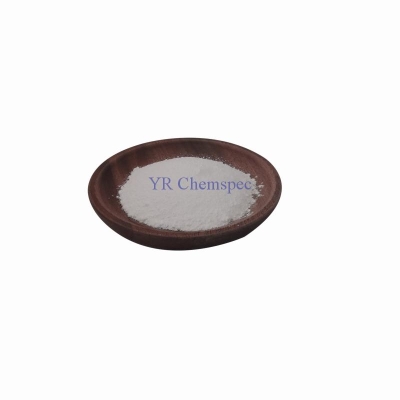-
Categories
-
Pharmaceutical Intermediates
-
Active Pharmaceutical Ingredients
-
Food Additives
- Industrial Coatings
- Agrochemicals
- Dyes and Pigments
- Surfactant
- Flavors and Fragrances
- Chemical Reagents
- Catalyst and Auxiliary
- Natural Products
- Inorganic Chemistry
-
Organic Chemistry
-
Biochemical Engineering
- Analytical Chemistry
- Cosmetic Ingredient
-
Pharmaceutical Intermediates
Promotion
ECHEMI Mall
Wholesale
Weekly Price
Exhibition
News
-
Trade Service
Weak acids such as H 2 S, H 2 CO 3 and H 3 PO 4 that can dissociate two or more H + are called polybasic weak acids
.
The dissociation of multiple weak acids is completed step by step, and there is a dissociation equilibrium in each step of dissociation
For example, H 2 S is a weak dibasic acid that dissociates in two steps
The total dissociation reaction formula of H 2 S is
The equilibrium constant of the total dissociation reaction is
It should be noted that the total dissociation equilibrium relationship expresses the relationship between the concentrations of [H + ], [S 2- ], and [H 2 S] in the equilibrium system.
As long as the three coexist in the equilibrium system, each substance The equilibrium concentration must satisfy the relationship represented by the above equilibrium constant expression.
S- is the dissociation product in the second step, so [H + ]≠2[S 2- ]
Under normal temperature and pressure, c0=0.
1 mol·dm -3 in saturated H 2 S aqueous solution , so the concentration of S 2- and HS - in the solution can be controlled by adjusting the acidity .
For multiple weak acids, generally there are
Kal Θ》Ka2 Θ》Ka3 Θ
This can be understood from the perspective of electrostatic attraction and balance between ions
.
The charge of the ions dissociated in the first step is low, and the electrostatic attraction between the ions is small, so it is easy to dissociate; at the same time, the H+ dissociated in the first step has an inhibitory effect on the dissociation balance of the second step
Since Ka1 Θ > Ka2 Θ , in the dissociation of multiple weak acids, the [H + ] in the solution is generally determined by the first-order dissociation equilibrium; the concentration of -1 valent acid ion is approximately equal to the [H + ] in the solution ; -2 The concentration of valence acid ions is approximately equal to Ka2 Θ
.
It must be noted that for mixed acid solutions, the above conclusions are generally not applicable
[Example 7-3] mol · DM seek 0.
010 -3 H 2 CO.
Ka1 Θ =4.
5×10 -7 , Ka2 Θ =4.
7×10 -11
.
Solution Because of the Ka1 Θ》Ka2 Θ of H 2 CO 3 , the concentration of H + in the system is mainly determined by the first dissociation
The calculation results show that the concentration of H+ dissociated in the second step (equal to the concentration of CO 3 2- ) is far less than the concentration of H+ dissociated in the first step.
The conclusion that H+] is generally determined by the first-order dissociation equilibrium is correct, and this conclusion can be used directly in the calculation
For multiple weak acids such as H 3 PO 4 solutions, the calculation of ion concentration is similar to that of dibasic weak acids, that is, [H + ] in the solution is determined by the first step of dissociation; the concentration of -1 valent acid ion is equal to [H + in the system ]; The concentration of -2 valent acid radical ions is equal to the second-order dissociation constant Ka2 Θ
.
From the [H + ] of the tribasic acid system and the initial concentration of tribasic acid c0, the concentration of various acid radical ions can be obtained by using various equilibrium constants, the relationship between [H + ] and c0







